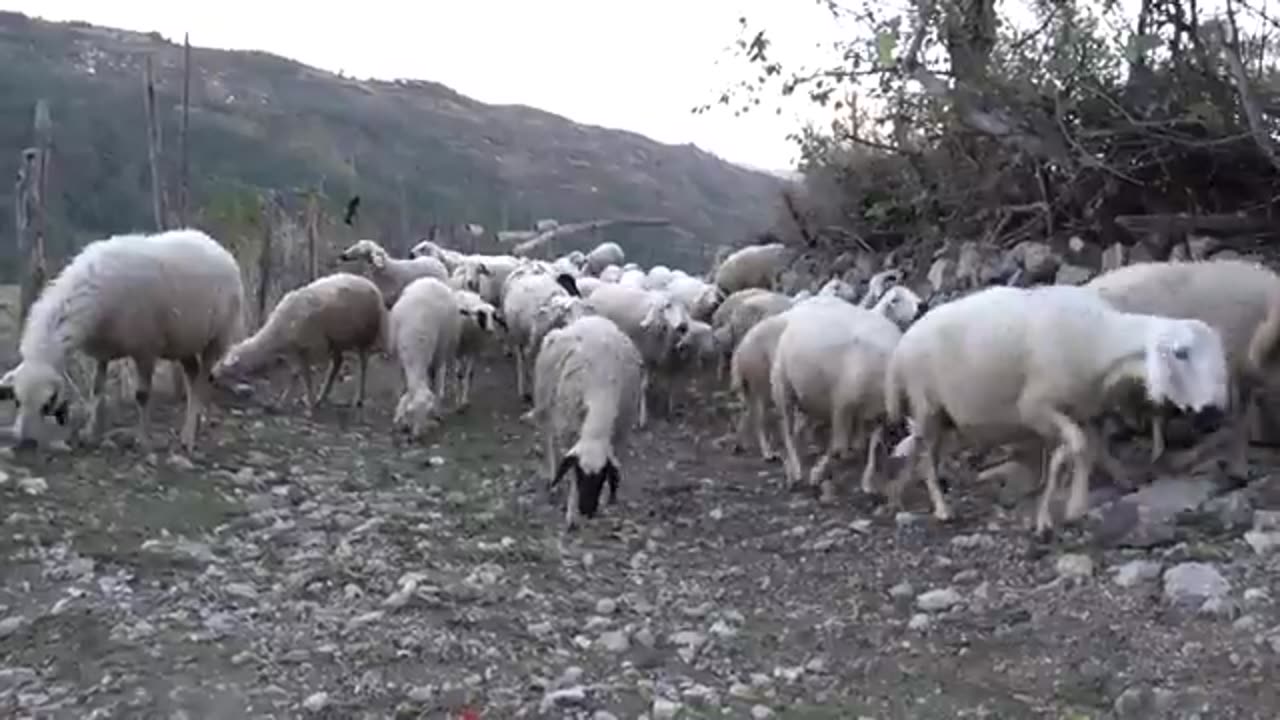Premium Only Content

Farm Animal Sounds
Dog: The sound a dog makes is called a "bark," and it can vary from a loud, sharp bark to a soft, whining sound. When a dog is happy or excited, it may also "wag its tail" and make a joyful sound like a "woof."
Cat: Cats typically "meow," "purr," or "hiss." A "meow" is often a way for a cat to communicate with humans, while "purring" indicates contentment. "Hissing" is a defensive sound made when a cat feels threatened.
Cow: The sound a cow makes is called a "moo." It is a deep, low sound that cows use to communicate with each other or to express hunger or distress.
Sheep: Sheep "baa" or "bleat." This sound is high-pitched and often heard when sheep are calling out to one another or expressing unease.
Bird: Birds "chirp," "tweet," or "sing." These sounds can vary greatly depending on the species. A "chirp" or "tweet" is usually a short, sharp sound, while "singing" is more melodic.
Horse: Horses "neigh" or "whinny." This sound is often loud and can express excitement or a need for attention. They may also "snort" when agitated or curious.
Pig: Pigs make a "oink" or "grunt" sound. The "oink" is a sharp, repetitive noise, while "grunting" is often a deeper, more guttural sound used for communication or when a pig is content.
Duck: Ducks "quack." This is a distinctive, loud sound, especially when a duck feels threatened or wants attention.
Lion: Lions "roar," a deep and powerful sound that can be heard from miles away. They use this to communicate their presence, to assert dominance, or to warn others.
Elephant: Elephants produce a variety of sounds, but the most famous is the "trumpet." This sound is loud and can be used to communicate excitement, danger, or during social interactions with other elephants.
These are just a few examples, but each animal has its own unique way of expressing itself!
-
 LIVE
LIVE
We Like Shooting
14 hours agoDouble Tap 396 (Gun Podcast)
206 watching -
 56:54
56:54
PMG
6 hours agoReclaiming Our Voice: A Christian Perspective on Politics and Parenting With John DeBerry
2872 -
 2:19:41
2:19:41
vivafrei
4 hours agoEp. 250: USAID Money-Laundering! DOGE Madness! Judicial CORRUPTION! & MORE! Viva & Barnes!
57.2K94 -
 2:15:09
2:15:09
The Quartering
6 hours agoMeltdown Over DOGE Gets Worse (Kanye Legendary Tantrum and More Woke Insanity)
39.7K17 -
 1:00:43
1:00:43
Patriots With Grit
10 hours agoThe Man OF Steel | Joshua L Holm
8.76K -
 54:23
54:23
LFA TV
1 day agoKeeping Up With Trump | TRUMPET DAILY 2.10.25 7pm
14.1K1 -
 1:49:45
1:49:45
2 MIKES LIVE
6 hours ago2 MIKES LIVE #178 Deep Dive Monday!
15.4K7 -
 1:32:25
1:32:25
The Big Mig™
8 hours agoThe Trumpty Trump Viral Dance Craze w/ DPAK
22.7K6 -
 1:00
1:00
The White House
4 hours agoPresident Trump is delivering HUGE wins! 🇺🇸
39.7K72 -
 33:06
33:06
Plan ₿ Forum
7 hours agoThe Quest for Freedom - Plan ₿ Forum El Salvador 2025
35.6K3